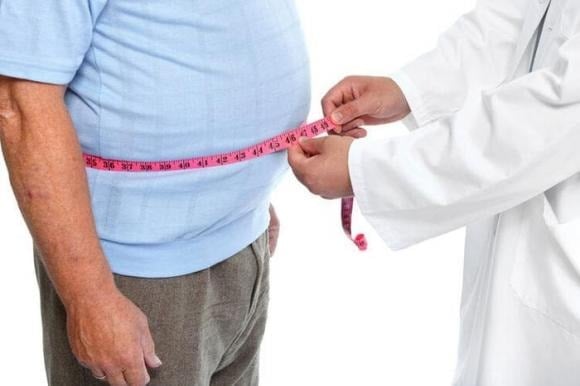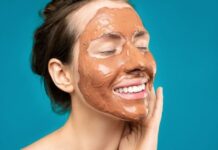1. Rest or Exercise: Science Has the Answer
The age-old debate between rest and exercise rages on, with proponents of each arguing their case passionately. But which is truly better for our health?
A study published in the New England Journal of Medicine (BMJ) sheds light on this contentious issue. By analyzing data from 36,383 participants with a mean age of 62.6 years, followed for an average of 5.8 years, scientists uncovered some fascinating insights. During the study, 2,149 deaths were recorded.
The results revealed that just 6.25 hours of weekly light physical activity, such as walking or cooking, equivalent to about 24 minutes of moderate or vigorous daily exercise, reduced the risk of mortality by 50 to 60%. Even light exercise for an hour daily lowered the risk of death by up to 40%.
Interestingly, the researchers emphasized that any level of physical activity significantly reduced the risk of death. In contrast, a sedentary lifestyle doubled the risk of mortality from all causes.
However, it’s worth noting that many avid exercisers unintentionally injure themselves. Why is this the case?
Firstly, running, when done incorrectly or excessively, can damage knee cartilage, especially in older adults. Secondly, most elderly individuals exhibit signs of joint degeneration or injury to some degree, and excessive running can accelerate these conditions.
Thirdly, common mistakes such as inadequate warm-up, incorrect form, and prolonged running durations can lead to injuries, particularly in the knee joints.
2. What Happens When Middle-Aged and Elderly Individuals Stick to an Exercise Routine?
Maintaining an exercise regimen in middle age and beyond offers benefits that surpass our imagination:
1. Slows Muscle Loss Over time, muscle mass diminishes. After age 60, muscle loss can reach 3–5% per year, and a 30% loss in muscle strength can impair daily functioning. Regular exercise helps maintain muscle mass and improves strength and mobility.
2. Delays Aging A study published in Nature Metabolism found that aerobic exercise improved muscle and liver function in aged mice, restoring their cells to a youthful state. This suggests that exercise may slow aging and promote natural rejuvenation.

3. Enhances Cardiopulmonary Function Many older adults experience shortness of breath when climbing stairs due to poor cardiovascular and respiratory endurance. Regular exercise, such as brisk walking, running, or swimming, for at least 30 minutes, at least 3 times a week, improves endurance and cardiopulmonary function.
4. Strengthens Bones and Joints Exercise stimulates bone growth and regeneration, preventing osteoporosis, a common issue in the elderly. It also improves joint health.
5. Boosts Immunity and Controls Chronic Conditions Exercise accelerates metabolism, aids weight control, and stabilizes blood pressure and blood sugar levels. This strengthens the immune system, helping to combat various ailments, especially chronic diseases prevalent in older adults.

3. 3 Activities That Indicate Superb Health in Those Over 65
For seniors, maintaining physical stability is key to healthy, independent living. Here are three physical indicators of overall health in individuals aged 65 and above:
1. Hand Grip Strength Exceeding 25 kg Hand grip strength reflects upper body strength and influences balance and overall mobility. Research links weak hand grip strength to an increased risk of Alzheimer’s, falls, compromised immunity, and reduced lifespan. Conversely, older adults with strong hand grip strength tend to exhibit superior health and mobility.
2. Able to Stand Up and Sit Down 25 Times in 30 Seconds This simple test effectively assesses physical fitness. Place your hands on your chest and stand up and sit down continuously for 30 seconds. Completing this task 25 times indicates healthy muscles and joints, especially in the legs, which is crucial for independence and mobility in older adults.
3. Able to Stand on One Leg with Eyes Closed for More Than 12 Seconds This balance test is simple yet effective: stand with feet together, arms at your sides, and eyes closed. Lift one leg, ensuring it doesn’t touch the other leg. Complete 3 sets, resting for at least 5 minutes between sets. If men can hold this position for >13 seconds and women for >12 seconds, it indicates excellent balance and reflexes, key factors in fall prevention.
Some Tips for Exercising: Activities such as brisk walking, swimming, badminton, and tai chi significantly improve older adults’ overall health. However, proper warm-up, suitable footwear and clothing, and avoiding overexertion are crucial to prevent injuries.
In conclusion, while exercise offers numerous health benefits for older adults, choosing suitable forms and intensities of exercise aligned with one’s physical condition is vital. Exercising incorrectly can be counterproductive and detrimental to health.






























